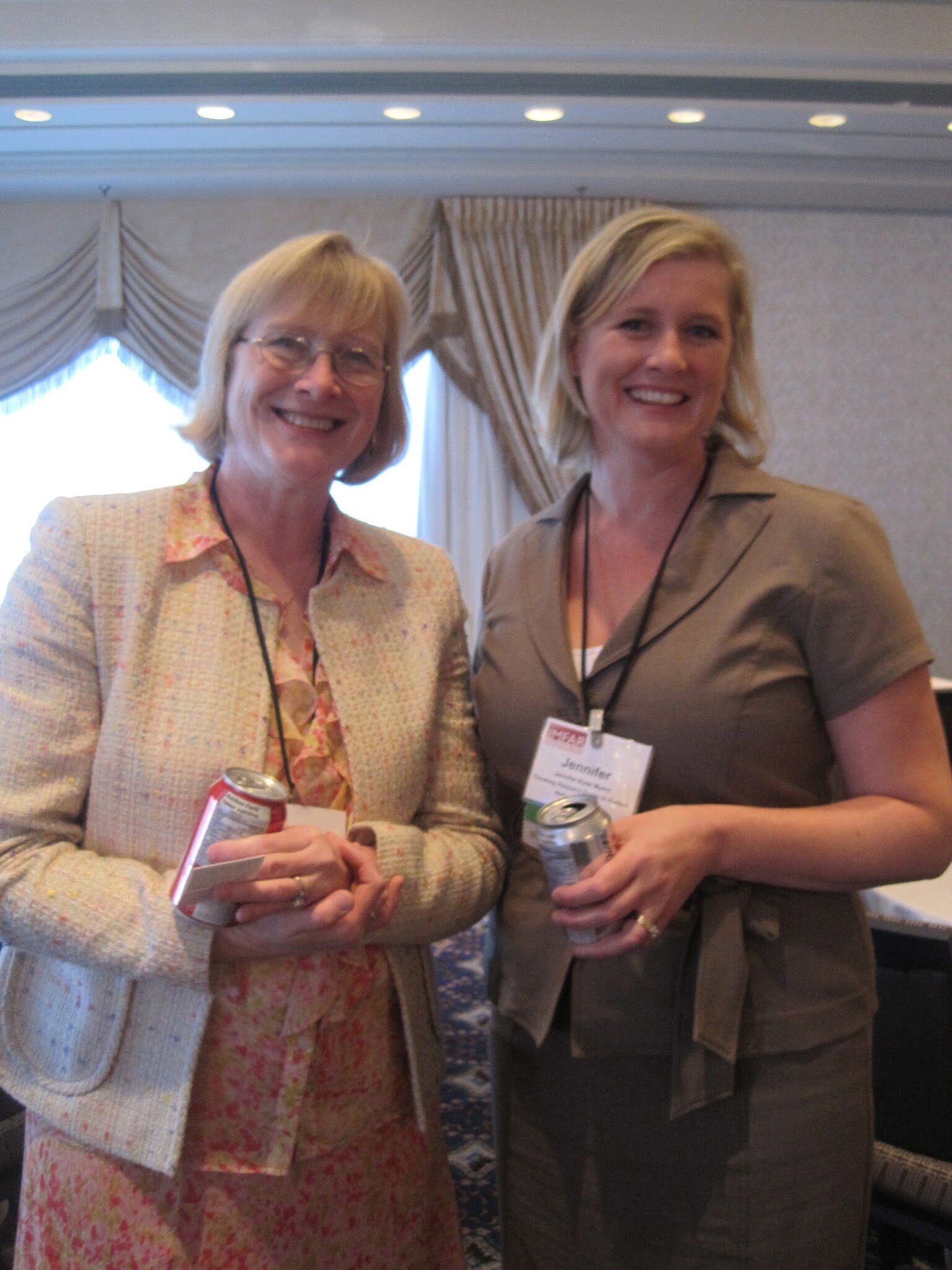Dr. Evans was a keynote speaker at IMFAR 2012. His talk centered around the work that is being done based on the data collected from the longitudinal study of normal brain development at NIH. He spoke extensively about correlates that can be read from the data, for example, the relationship between cortical structure and things like IQ and testosterone levels. It would be impossible to capture the incredible amount of information in 140 character bites, but as an outline, we hope it can give you a starting point for further research. Errors, omissions and misspellings are mine.-JBM
Tag: neurodevelopment
Sue Swedo M.D. Chair, DSM-5 Neurodevelopmental Disorders Workgroup An Update on the DSM-5 Recommendations for Autism Spectrum Disorder and Other Neurodevelopmental Disorders We spoke with Sue at length both at the IMFAR Stakeholder’s lunch, and after her IMFAR talk. Any errors or omissions in this summary of her talk are on TPGA. -SR —- The goal of the new DSM-5 is clearer criteria, changing all PDDs (Pervasive Developmental Disorders) to ASDs (Autism Spectrum Disorders). This is group’s thoughts on what they are and are not concerned about. In addition to 11 full time members of DSM 5 task force, they have 2 dozen advisors. It’s been a five-year process. She’s deeply appreciative to all of her colleagues. They never expected to be making headlines, the DSM is a bit dry if you sit down and read it. They were shocked when the headlines became about stealing services from 2/3 of…
Jennifer Byde Myers www.jennyalice.com My son Jack is a long, lean, boy with an odd gait and a subtle smile. His first diagnosis was benign congenital hypotonia, which was later upped to cerebral palsy, ataxia. He added his autism diagnosis just after he turned three, about the same time he began to walk. He can spin a plate over and over again, but he can not yet stab a piece of food with a fork. He straddles the worlds of ‘autism’ and ‘special needs’; stimming, using a wheelchair as necessary when his muscles are too weak, or when the environment is too bustling. He’s a young man of few words, unless he does say something, at which point he is always relevant, and often wry. I’m his mom, so I can generally guess what he needs, but communication is a struggle; it can be hard for him to clearly share what…
IMFAR 2011 Keynote: The Developmental Neurobiology of Autism: The First Steps and the World Ahead Eric Courchesne, UCSD Autism Center of Excellence Abstract: imfar.confex.com/imfar/2011/webprogram/Paper9749.html The following is a modified transcript of Dr. Courchesne’s talk. I have not included all references to slides he presented, and I have left out some of the researchers he thanked and technical terms he cited. Emphases in bold are mine. Any additional omissions or errors are my own. INSAR members can listen to Dr. Courchesne’s talk in its entirety via the abstract page. -SR —- IMFAR introduction: Eric Courchesne is a leader on brain structure and abnormalities in autism, and has been pursuing research into autism before most IMFAR attendees “knew what autism was.” Dr. Courchesne had polio as a child, which left him unable to walk or stand. Medical intervention gave him the ability to walk without braces, and allowed him to eventually become…
